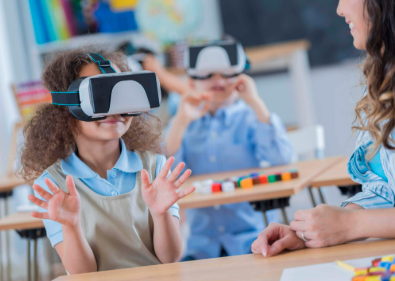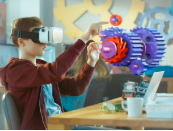In recent years, virtual reality (VR) has emerged as a dynamic educational tool, bringing lessons to life in ways that traditional methods simply cannot match. By immersing students in 3D environments, VR creates interactive and memorable learning experiences that boost engagement and spark curiosity.
Immersive Learning That Captivates
One of the key benefits of virtual reality is its ability to simulate real-world environments in a safe, controlled way. Whether it’s walking through the Roman Colosseum, exploring a coral reef, or interacting with the solar system, students can now experience subjects up close—no plane ticket or field trip required. This level of immersion encourages students to stay focused and retain information longer.
Personalized and Inclusive Experiences
VR also allows for more personalized learning. Students can move at their own pace, revisit complex topics, and explore content in a way that matches their learning style. For students who struggle with traditional instruction, virtual simulations offer a visual and hands-on alternative that can improve understanding and boost confidence.
Encouraging Active Participation
Unlike passive lectures, VR lessons often require students to interact, move, and make decisions. This active participation turns learning into an engaging activity rather than a passive task. Whether it’s solving a virtual science puzzle or participating in a historical reenactment, students are more likely to stay involved and curious.
Supporting Collaboration and Communication
Modern VR platforms often include collaborative features that let students work together in shared virtual spaces. These experiences promote teamwork, communication, and problem-solving—skills that are essential in both school and future workplaces.
Accessible Learning Across Subjects
Virtual reality can be applied across nearly every subject area. In science, it can bring abstract concepts to life. In history, it can recreate past civilizations. In literature, it can help students visualize scenes from classic novels. By expanding how content is delivered, VR supports deeper understanding in diverse fields.
Looking Ahead
While VR in education is still growing, its potential to transform classrooms is undeniable. As more schools explore digital learning tools, incorporating VR into lessons can inspire students, improve engagement, and create meaningful connections to content.
By focusing on interactive, inclusive, and curriculum-based experiences, virtual reality offers an exciting pathway to making learning more fun, effective, and accessible for everyone.














